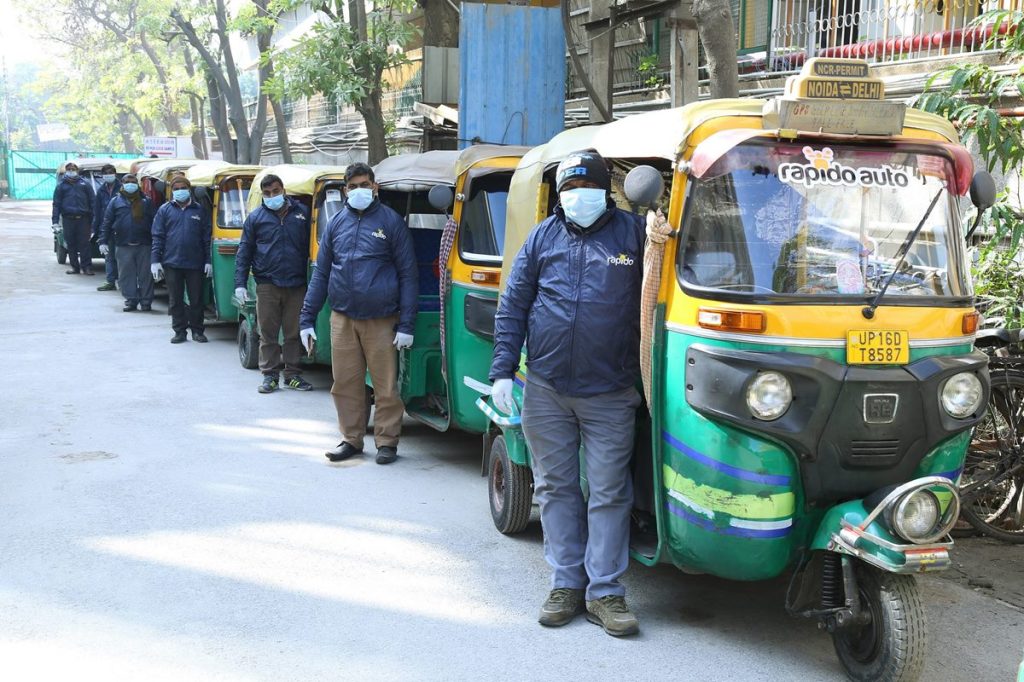Cab-hailing services or online cab booking market, led by Ola and Uber, continued to witness the lowest post-Covid recovery rate in comparison to on-demand auto and bike-sharing services. While the cab booking segment managed to recover from around 21 per cent (of January 2020 level) in September last year to 54 per cent in January 2021, demand for auto-booking services recovered from 48 per cent to 83 per cent. Likewise, the bike-sharing vertical in the e-mobility sector also posted a healthy recovery from 40 per cent to 62 per cent during the said period. The overall sector witnessed recovery from 31 per cent in September to 63 per cent of the pre-Covid level in January 2021, according to the data from the management consulting firm RedSeer for the respective months.
The recovery for the auto and bike segment could largely be attributed to less risk of contraction, mid-to-long distance travel in a city such as home-office commute significantly still muted, and the affordability quotient even for shorter commutes amid tough job market and salary cuts due to the pandemic. “Unlike cars, bikes are open and from the Covid perspective, indoor is more risky than outdoor. Also, bikes are meant for a shorter duration. So, the chances of contraction are lesser than in cabs. In terms of cabs, lot of customers may have gone back to hometown and may not return until offices resume. This would impact the recovery of four-wheeler booking,” said Yugal Joshi, Vice President at Texas-based consultancy Everest Group had told Financial Express Online.
Out of 113 million e-mobility rides, including cabs, autos, bikes, in January 2020, the sector recovered to 71 million rides in January 2021. Post-March-lockdown, the services were brought to a complete halt before the government had allowed Ola and Uber to resume services in May in multiple green and orange zones of the country. Out of the 113 million rides, 66 million were cab rides, 19 million belonged to bike-sharing, and 28 million were auto rides in January 2020. 12 months later, cab rides reached the 36-million mark while auto and bike rides stood at 23 million and 12 million respectively. Back in September, out of 35 million rides, around 15 million were cab rides, approximately 8 million rides belonged to bike-sharing and around 12 million rides were for autos.




Also read: IPO-bound Flipkart rejigs leadership; appoints Unilever veteran Hemant Badri as Senior VP Supply Chain
The gross book value (GBV) of the e-mobility sector, which stood at $259 million in January 2020 has been able to recover to $164 million in January 2021 with 83 per cent of the value coming from the top seven metros including Delhi, Mumbai, Kolkata and others, RedSeer data showed. In comparison to the number of rides, 75 per cent came from these metros marginally up from 72 per cent in January 2021.
Importantly, the Ministry of Road Transport and Highways had issued the Motor Vehicle Aggregator Guidelines in November last year that allowed ‘aggregator’ segment mainly controlled by Ola and Uber to charge fare “50% lower than the base fare and a maximum Surge pricing of 1.5 times the base fare.” The rules had maintained that this will “promote asset utilisation which has been the fundamental concept of transport aggregation and also substantiate the dynamic pricing principle, which is pertinent in ensuring asset utilisation in accordance with the market forces of demand and supply.”
















